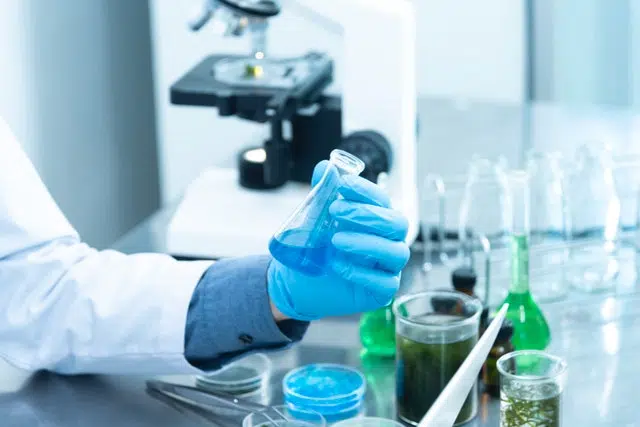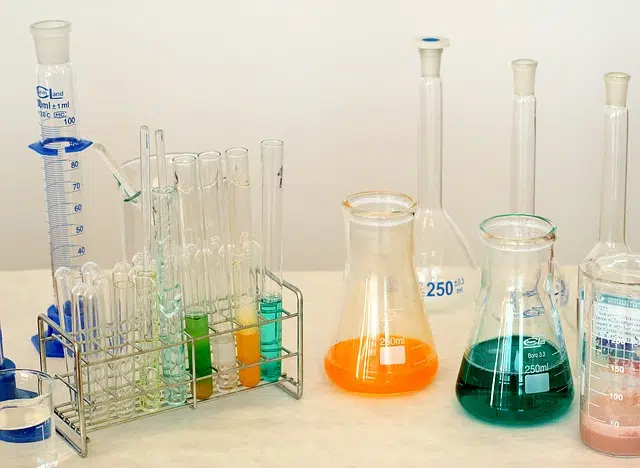
Catalysis speeds up a chemical reaction
The etymology of catalysis takes us to the Greek word katálysis , which can be translated as "dissolution" . The term is used to refer to the increase in the speed of a chemical reaction due to the participation of a catalyst .
Speed up a chemical reaction
A catalyst , meanwhile, is a substance that, used in a limited quantity, manages to accelerate the speed of a reaction and can then be recovered without having undergone substantial modifications (its mass, for example, does not undergo changes).
Catalysis, in short, is the process that allows the speed of a reaction to be increased through the intervention of a catalyst. When the synthesis of an industrial product is carried out, it is common for catalysis to be developed to reduce the time required by the operation.
While a catalyst promotes catalysis, an inhibitor achieves the opposite effect. What inhibitors do is deactivate acceleration .
The vast majority of chemical products generated commercially use catalysts at some point during production. When refining oil , for example, catalysis is very important.
General classification
There are different types of catalysis depending on the type of catalyst. Homogeneous catalysis takes place when the catalysts and reactants are in the same phase. In this framework, catalysts and reactants combine creating an unstable intermediate, which continues to combine with more reactants to form products and, in turn, regenerate the catalyst.
Heterogeneous catalysis , on the other hand, implies that the catalysts and reactants are in different phases. What these catalysts do is provide a surface on which the reaction can be triggered.
Homogeneous catalysis
Summarizing what was said above, in this type of catalysis the catalysts cause a change in the reaction mechanism by combining with certain reagents to generate instability. Within homogeneous catalysis we can find another classification, which gives rise to acid and organometallic compounds .
From the first we can say that the homogeneous catalyst that is most frequently studied is the proton , because water is the most common solvent and generates protons through self-ionization . In the hydrolysis of esters, for example, acids are used to speed up the process; If they are not included, then aqueous solutions of almost all do not hydrolyze (their rate is so low that hydrolysis cannot be observed).
With respect to the other class, the use of soluble organometallic compounds is included in homogeneous catalysis, while that of metals on a solid or bulk support belongs to heterogeneous. Hydroformylation , a process to obtain aldehydes from alkenes, is a very common example, as well as the Wacker process , to convert ethylene to acetaldehyde, and the Cativa process , which obtains acetic acid by taking MeOH and CO.

We must distinguish homogeneous from heterogeneous catalysis
Heterogeneous catalysis
When talking about different phases , reference is made to gas, liquid and solid , without leaving aside water and oil . For the reaction to take place, the heterogeneous catalyst must be able to absorb at least one of the reactants, which in turn must spread on its surface.
Once the reaction is complete, the products need to be absorbed so that they spread a certain distance from the surface of the solid. Often this relocation of products and reactants between two phases plays a determining role in the speed at which the reaction occurs, more precisely limiting it.
To successfully carry out heterogeneous catalysis, it is important to investigate the chemical aspects of the surfaces and the phenomena associated with them and the other components used throughout the reaction.
